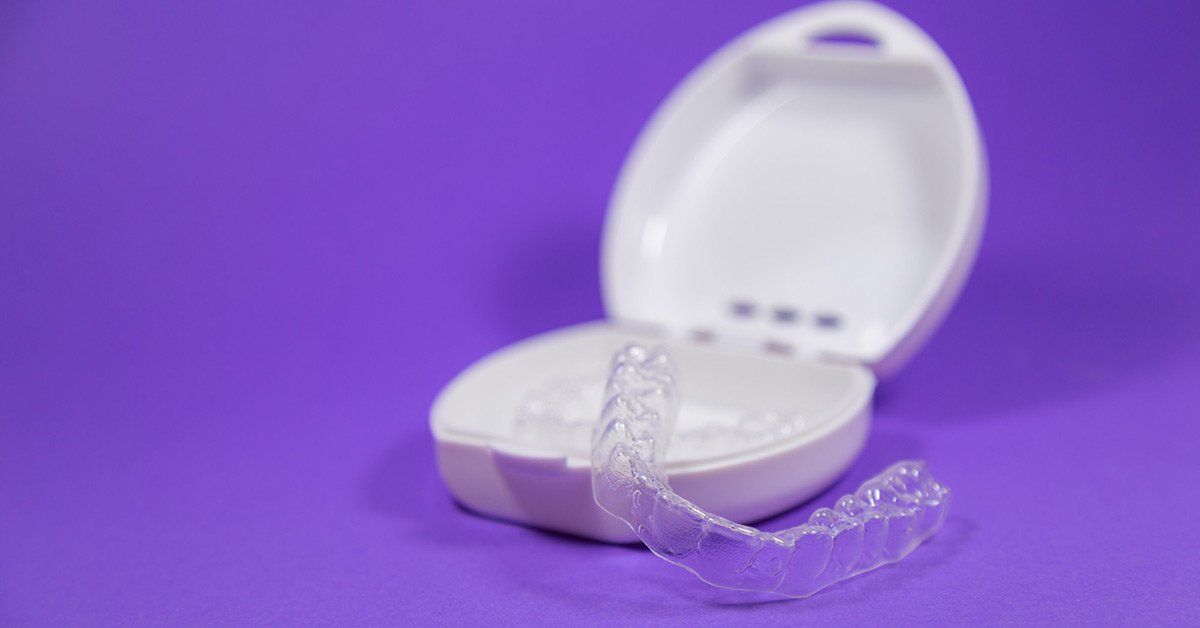What's a Root Canal?: A Guide to the Signs, Symptoms, and Treatment
What's a root canal? We explain the signs and symptoms to look for along with the best pain management and treatment options.
Did you know that fifteen million root canals are performed every year? Despite the prevalence of the treatment, many people still have a lot of misconceptions about the procedure. Because of this, people typically have a lot of questions about it. For example, exactly what's a root canal? How bad is root canal pain? And what are the root canal symptoms?
If you want to know the answer to these questions and more, then you’re in the right place. In this article, we’ll be providing you with everything you need to know about the procedure. Let’s get started!
What’s a Root Canal?
A root canal is a procedure used to repair teeth that are badly damaged. This damage comes from an infection caused by bacteria. This infection occurs in the dental pulp of the teeth. The pulp is essentially a chamber in the middle of the tooth that contains nerves, blood vessels, and connective tissue.
When the pulp becomes damaged, it causes bacteria to multiply rapidly in the center of the tooth. This can cause an infection and eventually an abscess, or pocket at the end of the tooth root filled with pus. In addition to an abscess, an infection can also cause drainage problems and bone loss at the tip of the root.
The Root Canal Procedure
Now that we know the answer to ‘what’s a root canal?’ we can go over the step-by-step process of root canal therapy. After prep, the dentist will make an opening at the top of the crown. The pulp area and root canals are then clean using very small tools. Once the doctor cleans the tooth they’ll begin making space for the filling.
The filling is typically made of a biocompatible material known as gutta-percha. This rubber-like material is secured using adhesive cement. After that, a temporary filling is placed on top of the tooth, which will be replaced by a permanent crown at a later date.
Advances in Root Canal Treatment
Just the thought of a root canal treatment is enough to make the average person worried. However, recent advances in medical technology make it much easier to find and remove the infections. In particular, the implementation of the Dental Operating Microscope (DOM) has revolutionized the procedure in the last decade.
The device allows 24x magnification and illumination of canal orifices that are particularly hard-to-find. This, along with greater usage of Sodium Hypochlorite irrigation and MTA-based sealers, has led to far greater success rates in endodontic surgery.
Root Canal Pain
Often the first thing that dental patients ask is what the root canal pain will be like. While the thought of a root canal might seem unpleasant, it isn’t any worse than getting a cavity filled. That’s thanks to the use of anesthesia during the root canal procedure. The only root canal pain comes in the recovery period.
You might feel some general numbness or soreness for a few days after the treatment. However, the good news is that over-the-counter pain medication is typically more than strong enough to deal with any discomfort you experience.
Root Canal Symptoms
At this point, you’re probably wondering, “ Do I need a root canal? “ If you have any of these root canal symptoms, then it’s a good idea to go in for a check-up:
- Painful toothache occurring during eating
- A lasting sensitivity to hot or cold foods
- Discoloration around the tooth or gums
- A pimple on the gums that don’t go away
- Tenderness around the gums that swell up
However, keep in mind that sometimes there are no symptoms present at all. If you aren’t sure whether your root canal symptoms are indicative of the condition, then don’t panic. A
qualified dental professional should be able to assist you in any problem you’re having with your teeth. If not, then they can give a reference to a different healthcare specialist in the field you require.
What Can You Do After Having a Root Canal?
The good news is that the root canal recovery period is incredibly quick. As we mentioned before, there might be some slight discomfort in the area for a few days. However, this can be treated with some simple pain medication. You should also stick to soft food so that you don’t irritate the affected tooth. In particular, you should avoid problem foods that can cause more damage, like:
- Sticky foods like taffy, candy, or gum
- Hard foods like nuts, ice cubs, and certain types of toast
- Food that is too hot or too cold might upset sensitive areas
Can Endodontic Treatment Save a Tooth?
When a tooth is too infected, the only other alternative is to remove it. Unfortunately, this comes with a lot of drawbacks. For one thing, it’s much more expensive than a root canal procedure. The treatment is also far more excruciating than any root canal pain you’ll experience.
On top of that, you’ll also need dental implants, which limits the type of foods you can eat. As such, it’s almost always preferable to try and save the tooth using an endodontic treatment.
The good news is that the success rate for root canals is incredibly high. And, even if the tooth does become infected again you can always re-treat it. We always recommend trying to save your natural teeth before resorting to implants.
Need a Root Canal? Get in Touch With Advanced Dental Care & Orthodontics
We hope this article helped you answer the question, What's a root canal? As you can see, there’s a lot of unnecessary stigma surrounding the procedure. In reality, there is very little root canal pain following the treatment. You will probably be able to get back to your job or school on the very same day.
The key is finding a professional with the proper training and expertise. If you live in the Southwestern Illinois area, then look no further than Advanced Dental Care & Orthodontics.
Dr. Martin J. Cisneros and his staff have spent decades helping their patients. As such, they have technical expertise that’s only matched by their easy-going manner. So, if you have any root canal symptoms, then
contact us today and request an appointment.









